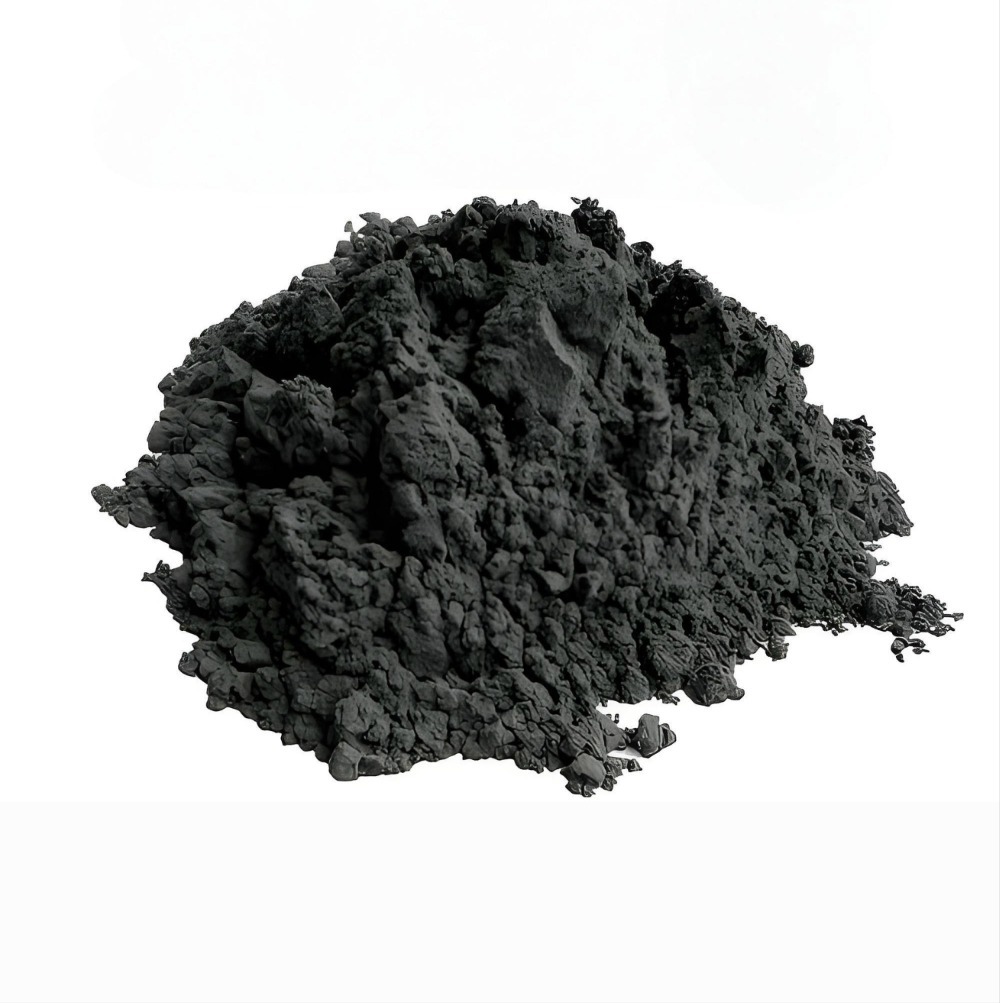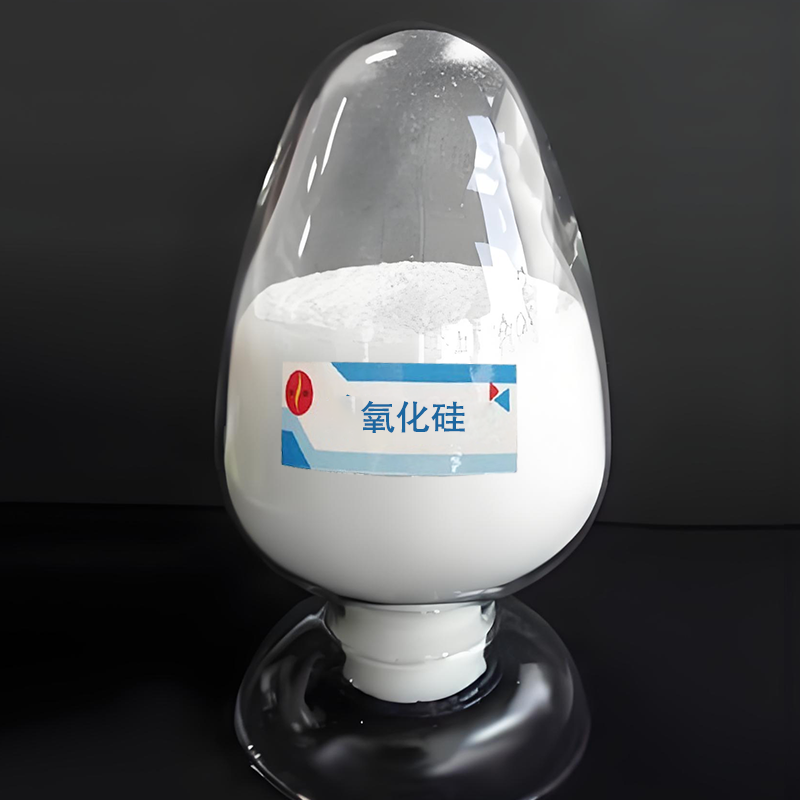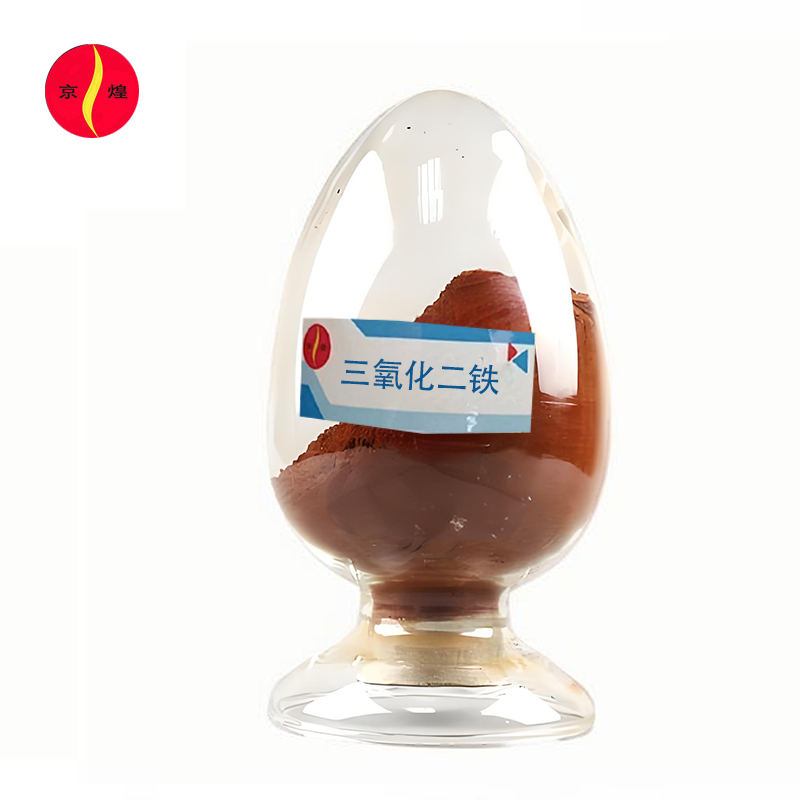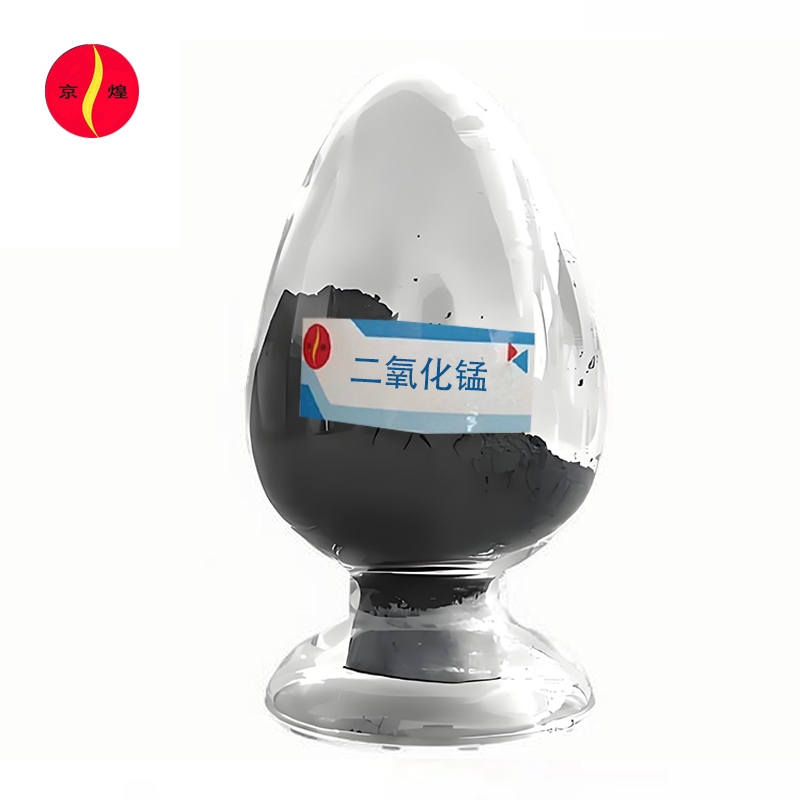Contact Us
Tel/WeChat: +86 13273449929
E-mail: sales1@jinghuangnm.com
Address: 1803, Block C, Wanda Plaza Office Building, Yuhua District, Shijiazhuang City, Hebei Province
Nano boron oxide
- Commodity name: Nano boron oxide
Number:
Key words:
- Product Description
-
Product Features:
Nano boron oxide (chemical formula: B2O3) is a colorless glassy crystal or powder, with a density of 2.46 g/cm³ for crystalline boron oxide and a density between 1.80 and 1.84 g/cm³ for amorphous boron oxide. Nano boron oxide can dissolve various metal oxides in a molten state, generating glassy borates and metaborates with characteristic colors. In addition, it can also combine with various oxides to produce borosilicate glass, optical glass, heat-resistant glass, instrument glass, glass fiber, radiation protection materials, etc., all with characteristic colors.
Product Parameters:
Popular Models
JH-101
Appearance
White powder
Purity
>=98.5%
Particle Size
2000 mesh
Application Industries:
1. In the glass manufacturing industry, nano boron oxide is one of the important raw materials. By adding an appropriate amount of nano boron oxide to the glass formulation, the melting temperature of the glass can be significantly reduced, energy consumption decreased, while improving the thermal stability and chemical stability of the glass. In addition, nano boron oxide can also improve the optical performance of glass, making it more transparent and clear, widely used in the production of optical glass, glass fiber, and special glass.
2. In the preparation of ceramic products, nano boron oxide can be used as a flux to lower the sintering temperature of ceramics, accelerate grain growth and densification. At the same time, nano boron oxide can also improve the mechanical strength, thermal shock resistance, and corrosion resistance of ceramic materials, making ceramic products hard and aesthetically pleasing. Therefore, the application of nano boron oxide is increasingly widespread in fields such as electronic ceramics and structural ceramics.
3. In the field of electronic devices, nano boron oxide is widely used in the manufacture of capacitors, resistors, and integrated circuits due to its excellent insulation and dielectric properties. In addition, nano boron oxide can also be used as a dopant for semiconductor materials to adjust the conductivity of semiconductors and improve the performance stability of devices.
4. Nano boron oxide has characteristics such as high melting point, low expansion coefficient, and good chemical stability, and is widely used in the manufacture of high-temperature refractory bricks, refractory castables, and refractory fibers. These materials can maintain stable performance and shape without deformation or melting in high-temperature environments, providing solid support for high-temperature industries such as steel smelting, cement production, and glass manufacturing.
5. Nano boron oxide can also be widely used as a flux during the decomposition of silicates, a dopant for semiconductor materials, an acidic catalyst in organic synthesis, a fire-resistant additive in paints, and as a raw material for producing elemental boron and various borides.
Get Quote
Note: Please leave your contact information and our professionals will contact you as soon as possible!
Related Products








